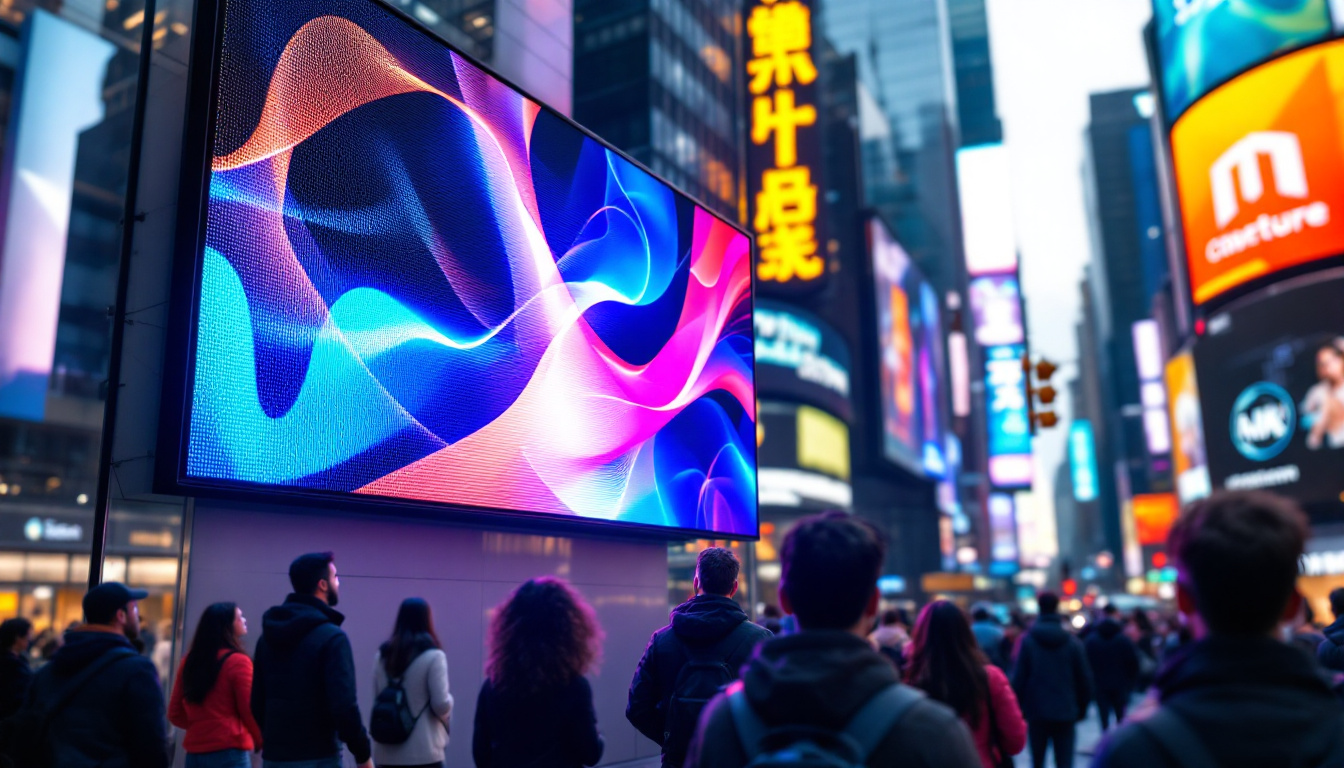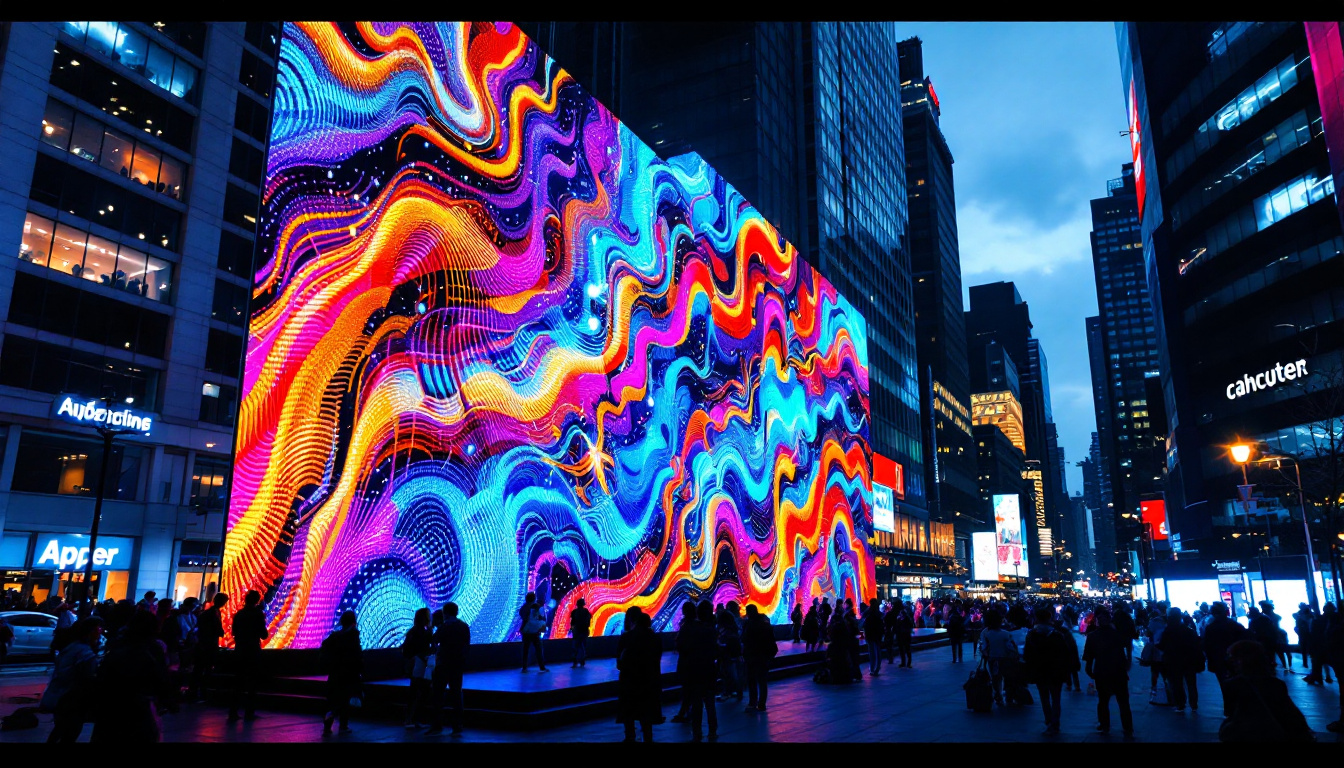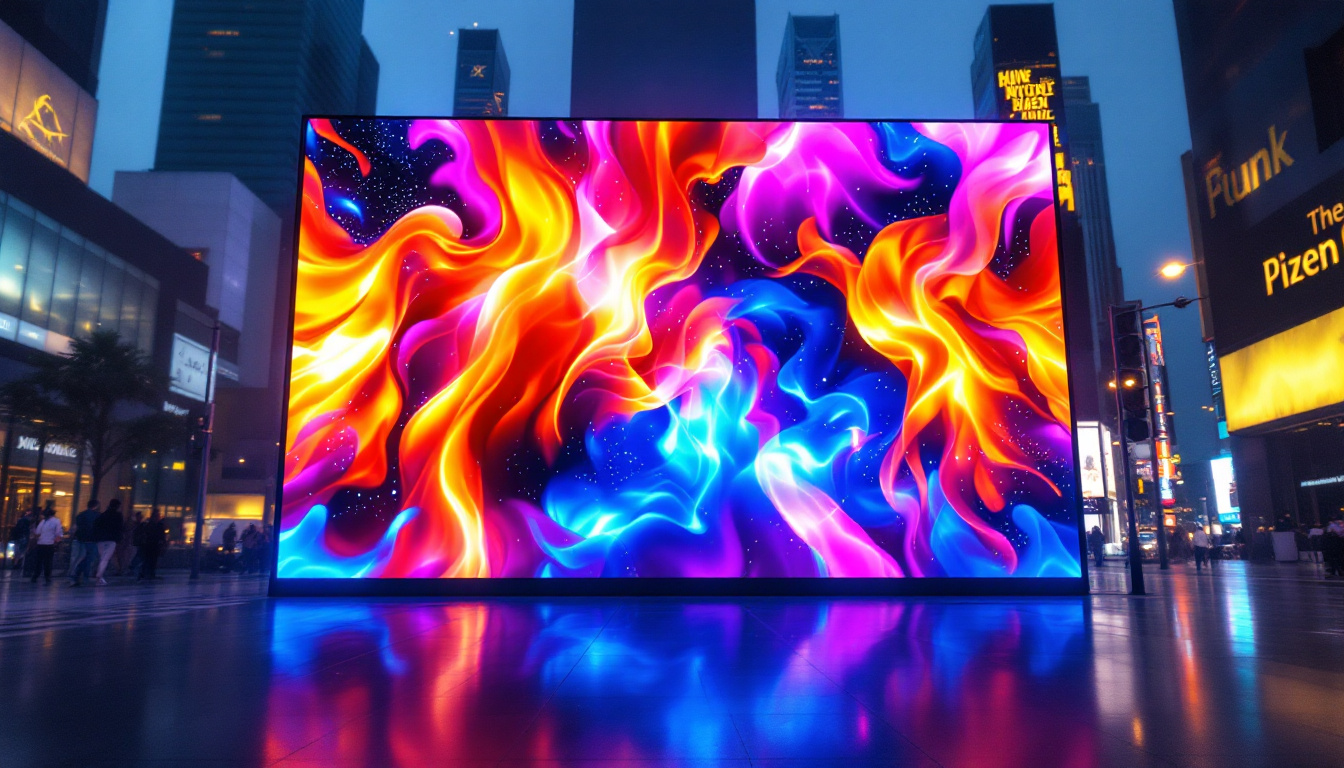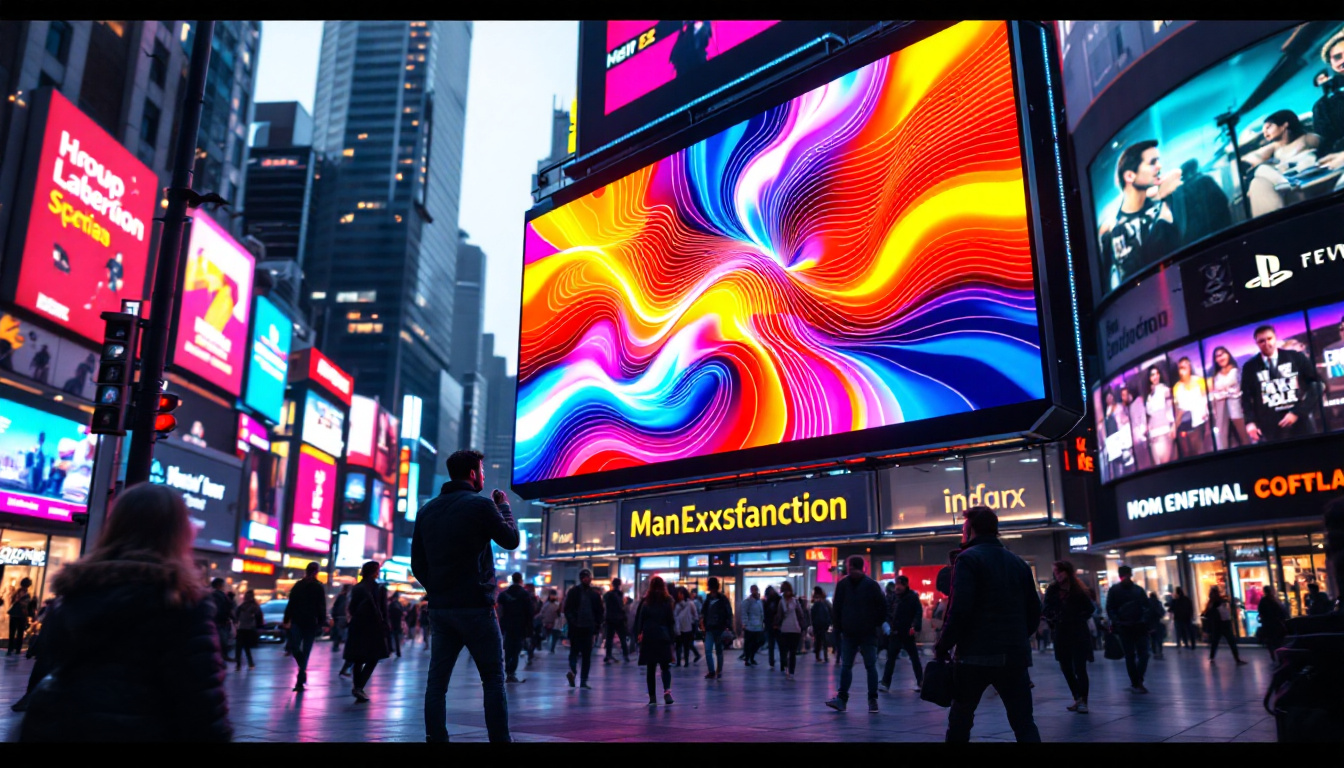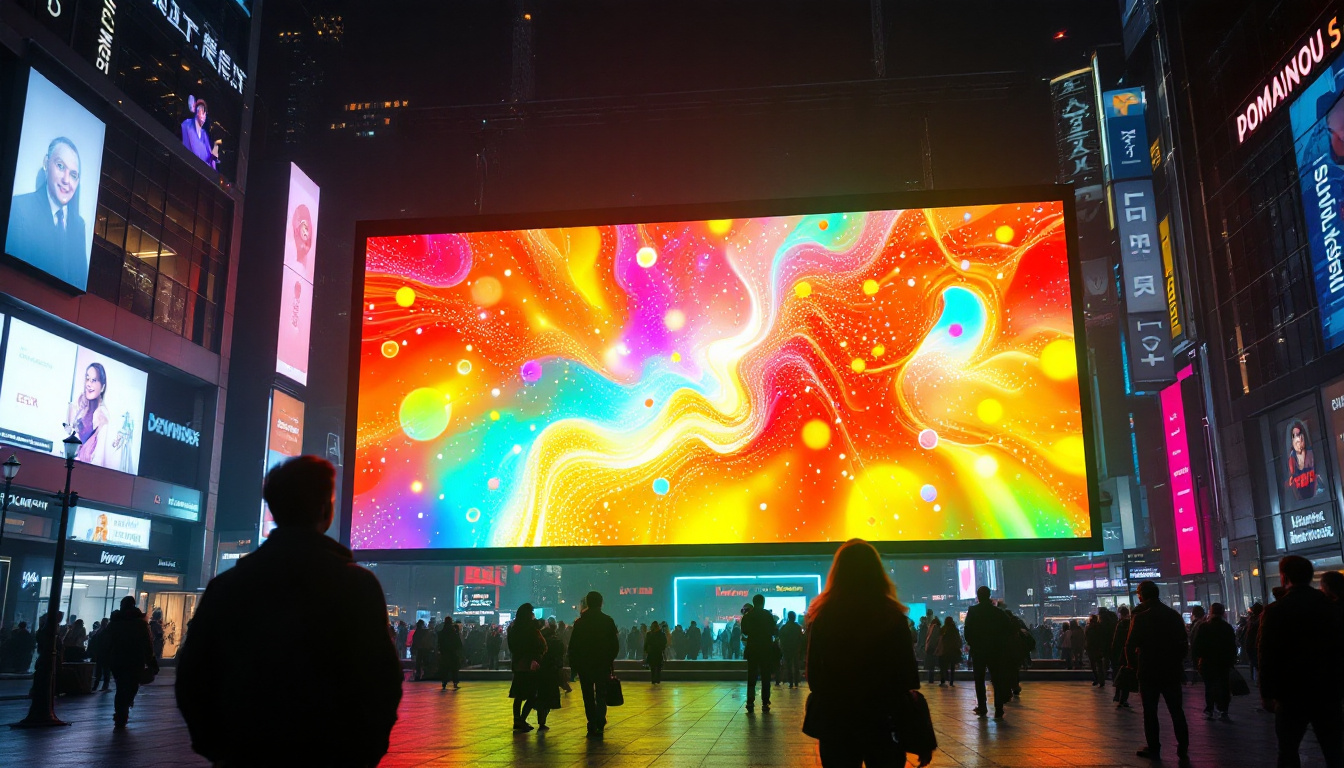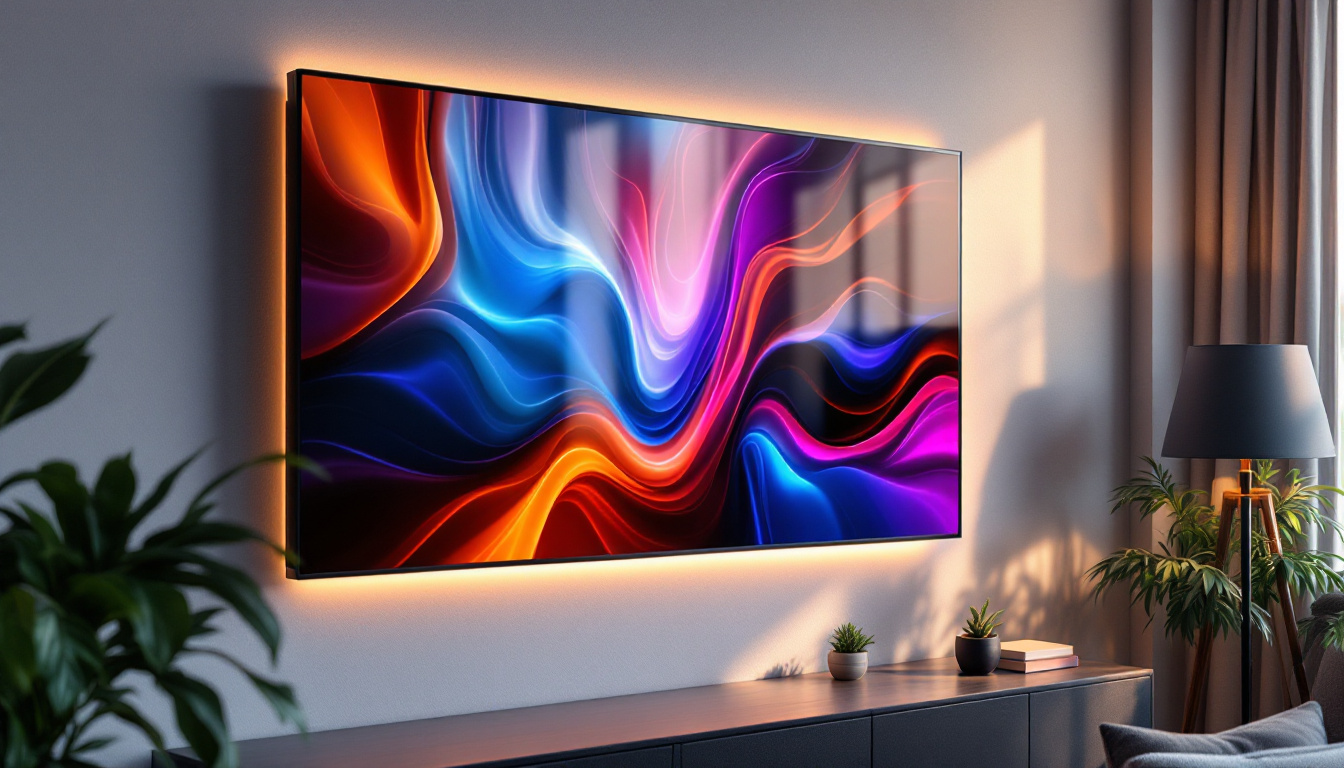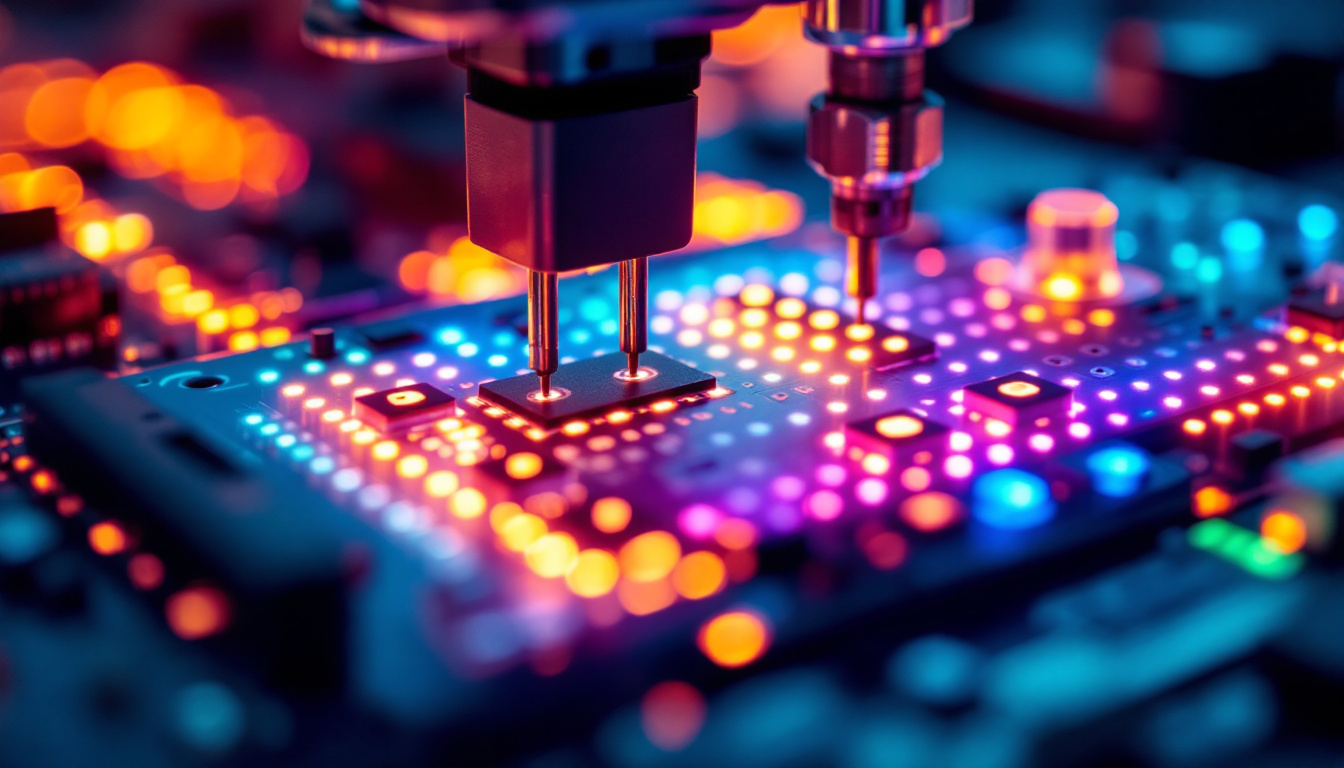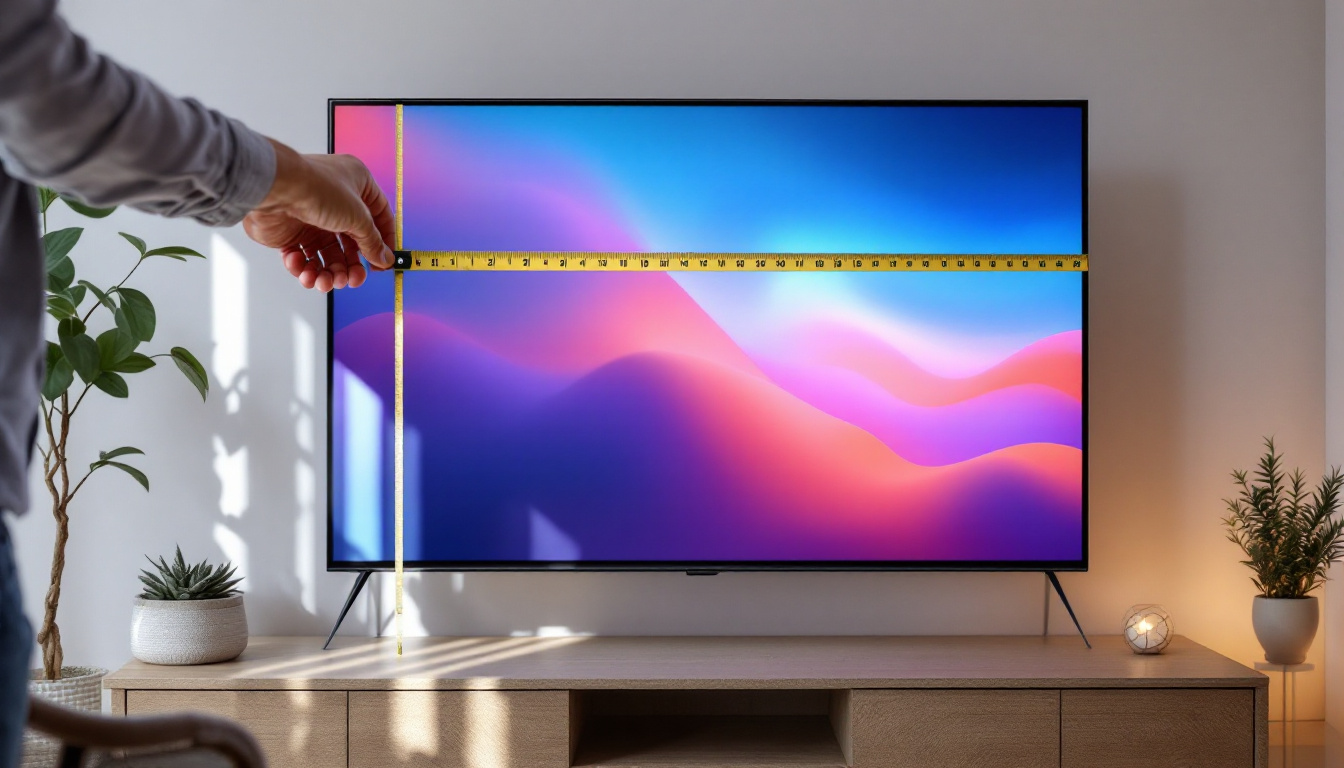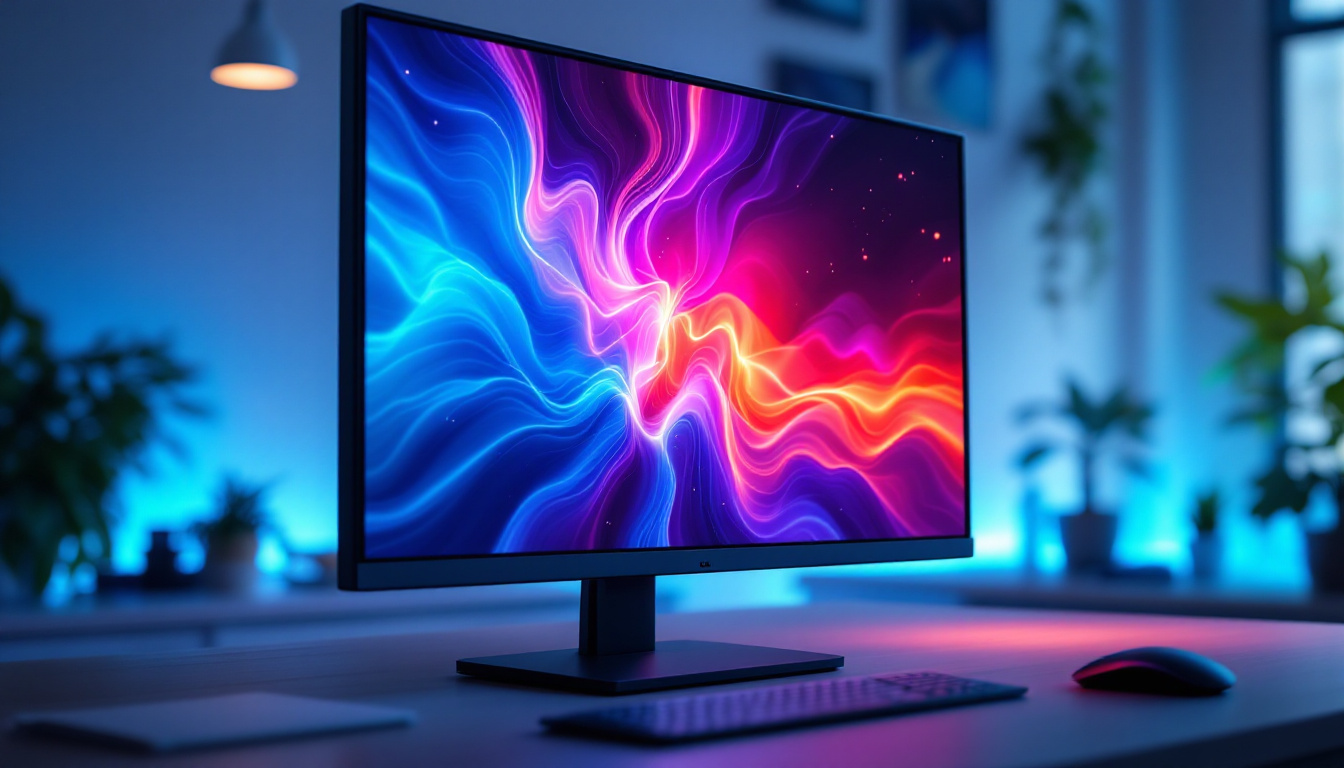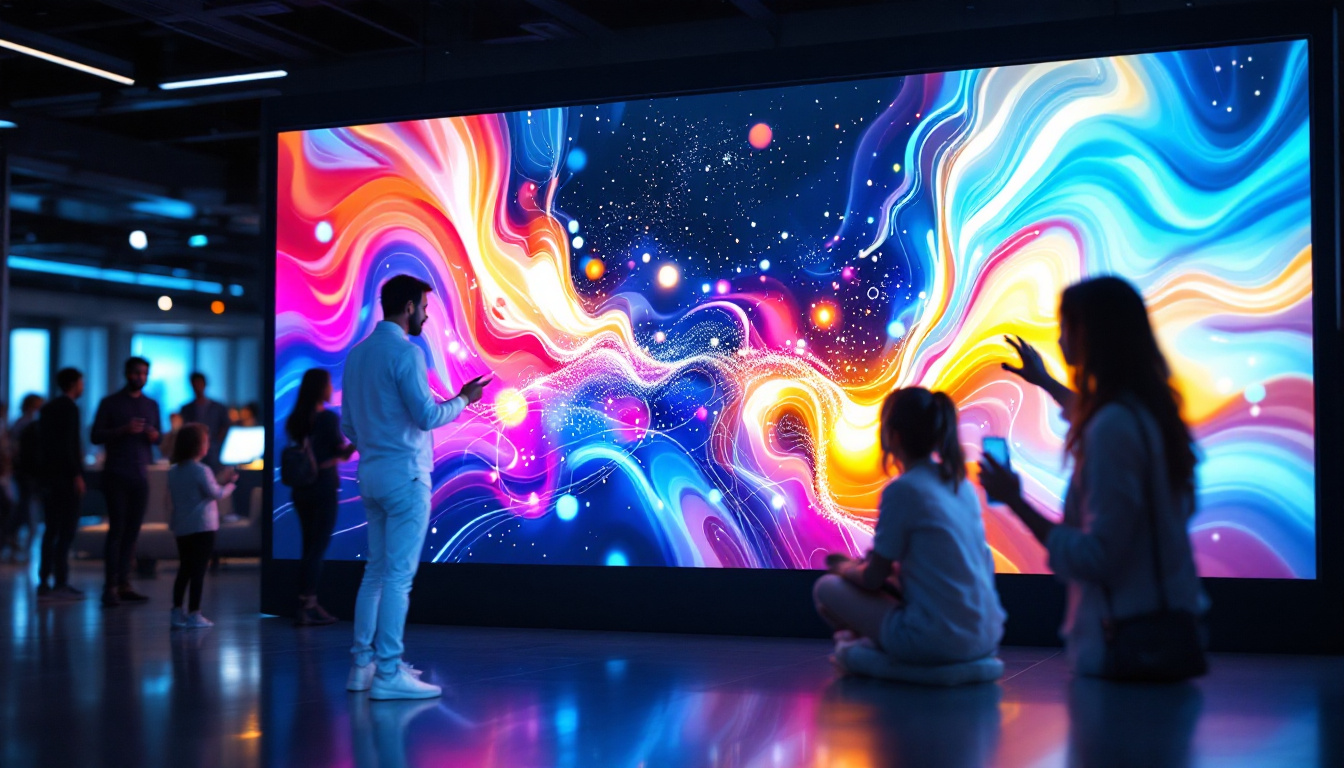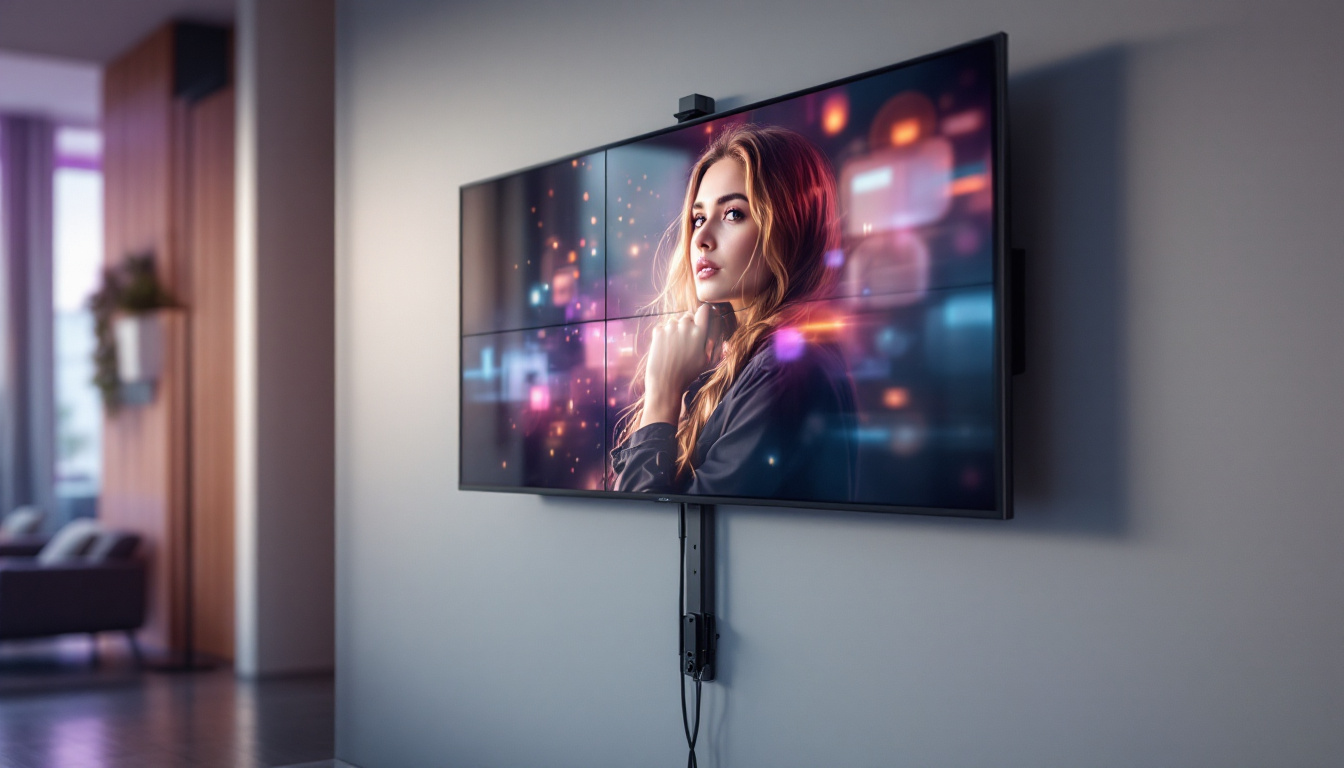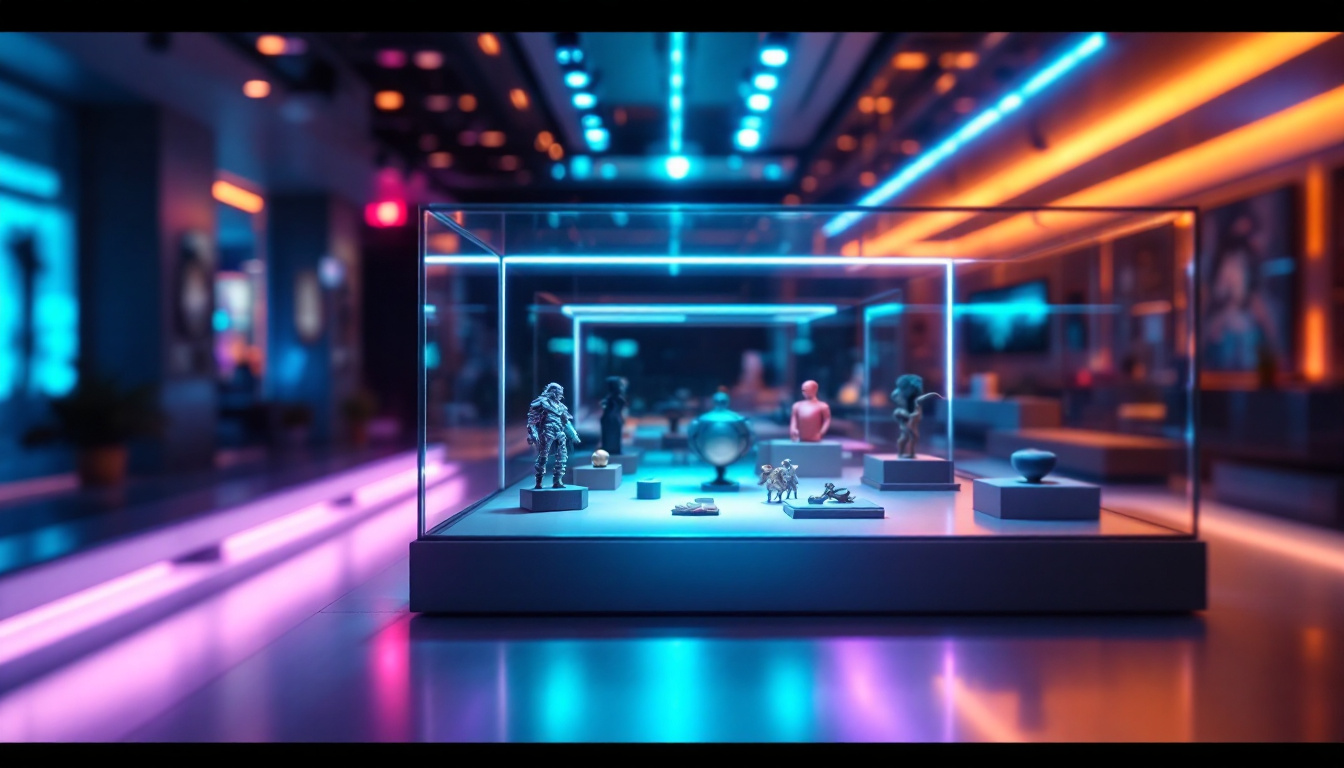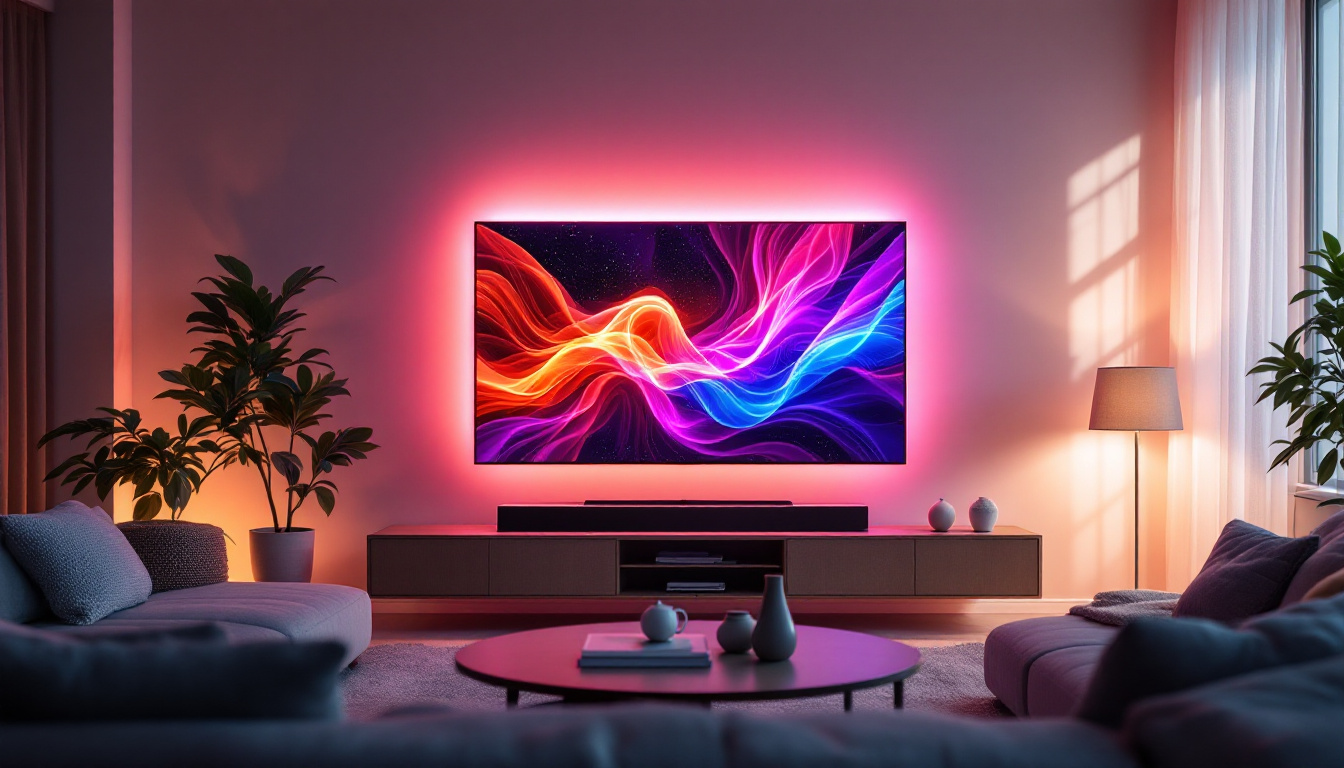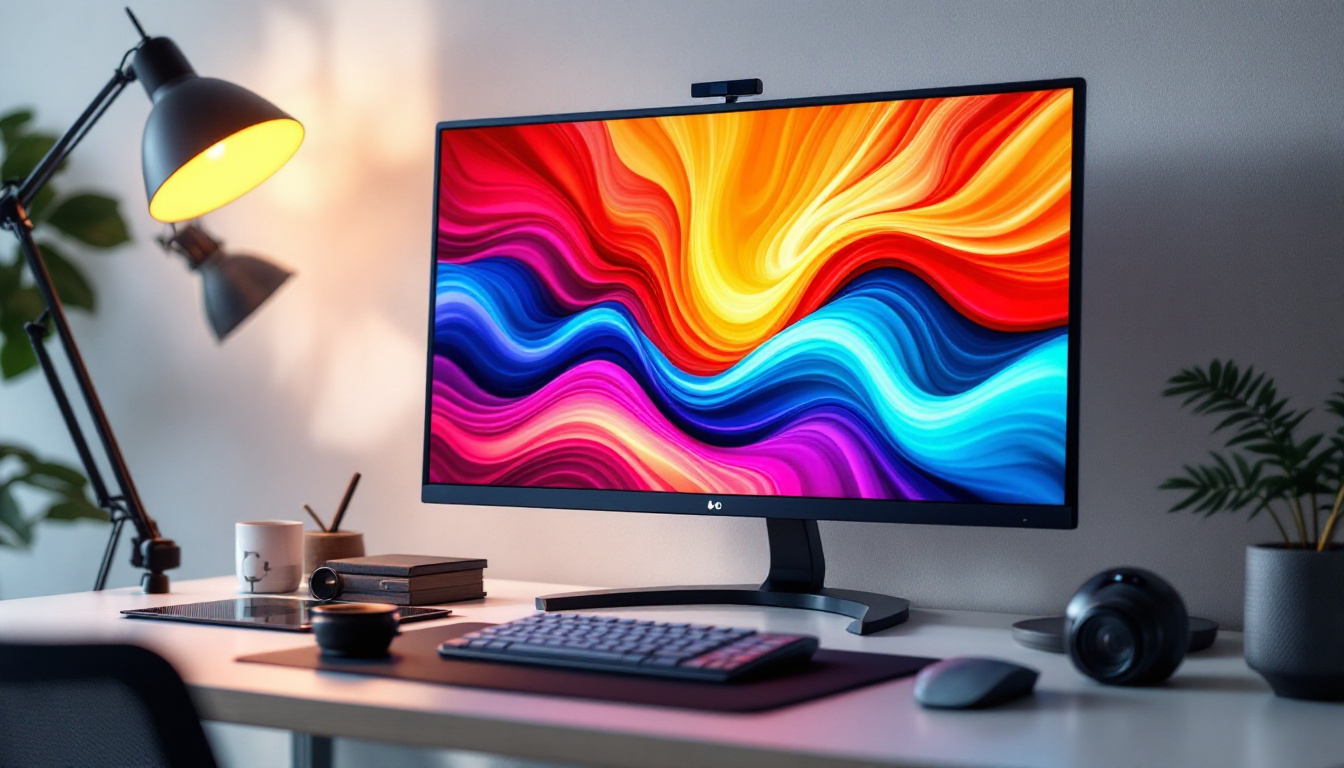In the ever-evolving world of television technology, LED displays have emerged as a dominant force, transforming the way viewers experience visual content. This article delves into the intricacies of LED television panels, exploring their technology, advantages, and the factors to consider when purchasing one.
Understanding LED Technology
LED, or Light Emitting Diode, technology has revolutionized the display industry. Unlike traditional LCD screens that rely on fluorescent backlighting, LED displays utilize a series of tiny diodes to produce light. This fundamental difference not only enhances picture quality but also allows for greater energy efficiency. The shift to LED technology has also contributed to a significant reduction in the overall size and weight of screens, making them more portable and easier to integrate into various environments, from homes to commercial spaces.
How LED Displays Work
At its core, an LED display consists of a matrix of pixels, each made up of red, green, and blue diodes. These diodes emit light when an electric current passes through them. By adjusting the intensity of each diode, the display can create a wide range of colors and brightness levels. This pixel-based approach enables LED screens to deliver sharper images and more vibrant colors compared to their predecessors. Furthermore, advancements in technology have led to the development of features like local dimming, which enhances contrast by controlling the brightness of specific areas of the screen, thus improving the overall viewing experience.
There are two primary types of LED displays: edge-lit and full-array. Edge-lit LED displays have diodes positioned along the edges of the screen, while full-array displays feature a grid of diodes behind the entire screen. Full-array technology generally provides better contrast and uniformity, making it a preferred choice for high-end models. Additionally, many modern full-array displays incorporate HDR (High Dynamic Range) capabilities, which allow for a greater range of brightness and color depth, further elevating the visual experience.
Types of LED Displays
LED technology can be further categorized into several types, each designed to meet specific viewing needs and preferences. The most common types include:
- Standard LED: The basic form of LED technology, offering improved brightness and energy efficiency over traditional LCDs.
- OLED: Organic Light Emitting Diode displays, which provide superior contrast ratios and color accuracy by allowing individual pixels to emit their own light.
- QLED: Quantum Dot LED displays utilize quantum dots to enhance color and brightness, resulting in vivid images.
Each type has its unique advantages, making it essential for consumers to understand their specific needs before making a purchase. For instance, while OLED displays are often favored for their deep blacks and wide viewing angles, they may be more susceptible to burn-in, a concern for users who frequently display static images. On the other hand, QLED displays are known for their impressive brightness and color volume, making them ideal for well-lit environments. As technology continues to evolve, new innovations such as Mini-LED and MicroLED are emerging, promising even greater performance and efficiency, further expanding the options available to consumers.
Advantages of LED Displays
LED displays have gained immense popularity due to their numerous advantages. Understanding these benefits can help consumers make informed decisions when selecting a television.
Picture Quality and Color Accuracy
One of the standout features of LED displays is their exceptional picture quality. The use of diodes allows for higher brightness levels and a wider color gamut, resulting in more lifelike images. This is particularly noticeable in dark scenes, where LED technology can produce deeper blacks and more vibrant colors.
Moreover, advancements in color calibration and processing have further enhanced color accuracy, making LED displays suitable for professional applications such as graphic design and video editing. The precision in color reproduction is critical for artists and content creators who rely on accurate visuals to convey their messages effectively. As a result, many LED displays now come equipped with features like HDR (High Dynamic Range) support, which elevates the viewing experience by providing a greater contrast ratio and a broader spectrum of colors, allowing viewers to appreciate the subtleties in every frame.
Energy Efficiency
energy efficiency is another significant advantage of LED technology. Compared to traditional LCD and plasma displays, LED televisions consume less power, which can lead to lower electricity bills over time. This efficiency is particularly beneficial for consumers who watch television for extended periods.
Additionally, many manufacturers are now focusing on creating eco-friendly models, further reducing the environmental impact of LED displays. Some models utilize advanced technologies such as automatic brightness adjustment, which optimizes power consumption based on ambient lighting conditions. This not only contributes to energy savings but also enhances the viewing experience by ensuring optimal brightness in various environments. Furthermore, the longevity of LED displays means that they often outlast their predecessors, leading to less electronic waste and a more sustainable choice for consumers.
Thin and Lightweight Design
LED displays are typically thinner and lighter than their counterparts, making them easier to mount on walls or move around. This sleek design not only enhances aesthetic appeal but also allows for more flexible placement options in homes and offices.
The lightweight nature of LED televisions also contributes to easier installation, as they require less structural support than heavier models. This portability is particularly advantageous for those who frequently rearrange their living spaces or for businesses that need to set up displays for presentations or events. Additionally, the modern design of LED displays often incorporates minimal bezels, maximizing screen space and providing an immersive viewing experience. As a result, consumers can enjoy a more engaging visual experience without the distraction of bulky frames or outdated designs, making LED displays a stylish addition to any room.
Factors to Consider When Buying an LED TV
With a plethora of options available in the market, choosing the right LED television can be daunting. Several factors should be taken into account to ensure the best possible purchase.
Screen Size
Screen size is one of the most critical factors to consider. The ideal size depends on the viewing distance and the size of the room. A general rule of thumb is to sit at a distance of 1.5 to 2.5 times the diagonal screen size for optimal viewing.
For example, if the television is 55 inches, the ideal viewing distance would be between approximately 6.5 to 11.5 feet. Larger screens may be suitable for bigger rooms, while smaller screens are often better for compact spaces.
Resolution
Resolution refers to the number of pixels displayed on the screen. Higher resolutions lead to sharper images. The most common resolutions available in LED displays are:
- Full HD (1080p): Offers a resolution of 1920 x 1080 pixels, providing clear and detailed images.
- 4K Ultra HD (2160p): Offers a resolution of 3840 x 2160 pixels, delivering four times the detail of Full HD.
- 8K Ultra HD: With a resolution of 7680 x 4320 pixels, 8K displays offer an unparalleled level of detail, though content availability is still limited.
When selecting a resolution, consider the type of content that will be viewed most frequently. For streaming services and gaming, higher resolutions can significantly enhance the viewing experience.
Smart Features
Modern LED televisions often come equipped with smart features, allowing users to access streaming services, browse the internet, and use various applications directly from their TV. These features can enhance convenience and expand viewing options.
When evaluating smart features, consider the operating system used by the television. Popular systems include Android TV, Roku, and Tizen, each offering different interfaces and app availability. Compatibility with voice assistants like Alexa or Google Assistant can also enhance usability.
Maintaining Your LED Display
To ensure longevity and optimal performance, proper maintenance of an LED display is essential. Simple care routines can significantly extend the life of the television.
Cleaning the Screen
Dust and fingerprints can accumulate on the screen, affecting picture quality. It is advisable to use a microfiber cloth to gently wipe the screen. For stubborn stains, a solution of water and vinegar can be used, but it’s crucial to avoid harsh chemicals that may damage the screen.
Additionally, it’s important to turn off the television before cleaning to prevent any potential damage to the display.
Optimal Settings
Adjusting the settings of an LED television can enhance viewing experiences. Most televisions come with preset modes such as “Movie,” “Sports,” or “Game.” However, customizing settings for brightness, contrast, and color can lead to improved picture quality based on individual preferences and room lighting.
Regularly updating the television’s firmware can also enhance performance and introduce new features, ensuring the television remains up-to-date with the latest technology.
Future of LED Technology
The future of LED technology looks promising, with continuous advancements expected to enhance viewing experiences. Innovations such as MicroLED and MiniLED are already making waves in the industry.
MicroLED Technology
MicroLED technology utilizes microscopic LEDs to create self-emissive displays. This technology combines the best aspects of OLED and traditional LED displays, offering perfect blacks, high brightness, and an extended lifespan. MicroLED displays are modular, allowing for customizable screen sizes and shapes, which could redefine how consumers interact with their televisions.
MiniLED Technology
MiniLED technology is an evolution of traditional LED backlighting, utilizing smaller LEDs to improve local dimming capabilities. This results in better contrast ratios and enhanced brightness levels. MiniLED displays are expected to bridge the gap between standard LED and OLED technology, offering an attractive option for consumers seeking high-quality visuals without the premium price tag of OLED.
Conclusion
LED displays have become a staple in modern television technology, offering a compelling combination of picture quality, energy efficiency, and sleek design. Understanding the nuances of LED technology, including its various types, advantages, and maintenance tips, can empower consumers to make informed decisions when selecting their next television.
As technology continues to evolve, staying informed about the latest advancements in LED displays will ensure that viewers can enjoy the best possible viewing experiences for years to come. Whether it’s for binge-watching favorite shows, gaming, or enjoying family movie nights, LED televisions are poised to remain at the forefront of home entertainment.
Discover the Future of Visual Experience with LumenMatrix
Ready to elevate your home entertainment or enhance your business’s brand visibility with cutting-edge LED display technology? LumenMatrix is at the forefront of innovation, offering a diverse range of LED display solutions tailored to your needs. From immersive Indoor LED Wall Displays to dynamic Outdoor LED Wall Displays, and from versatile Vehicle LED Displays to sleek LED Poster Displays, our products are designed to captivate and engage. Experience the pinnacle of visual communication with our LED Sports Displays, Floor LED Displays, Custom LED Displays, All-in-One LED Displays, and LED Transparent Displays. Embrace the revolution in visual storytelling and Check out LumenMatrix LED Display Solutions today to discover how you can share your message with unparalleled impact and clarity.


